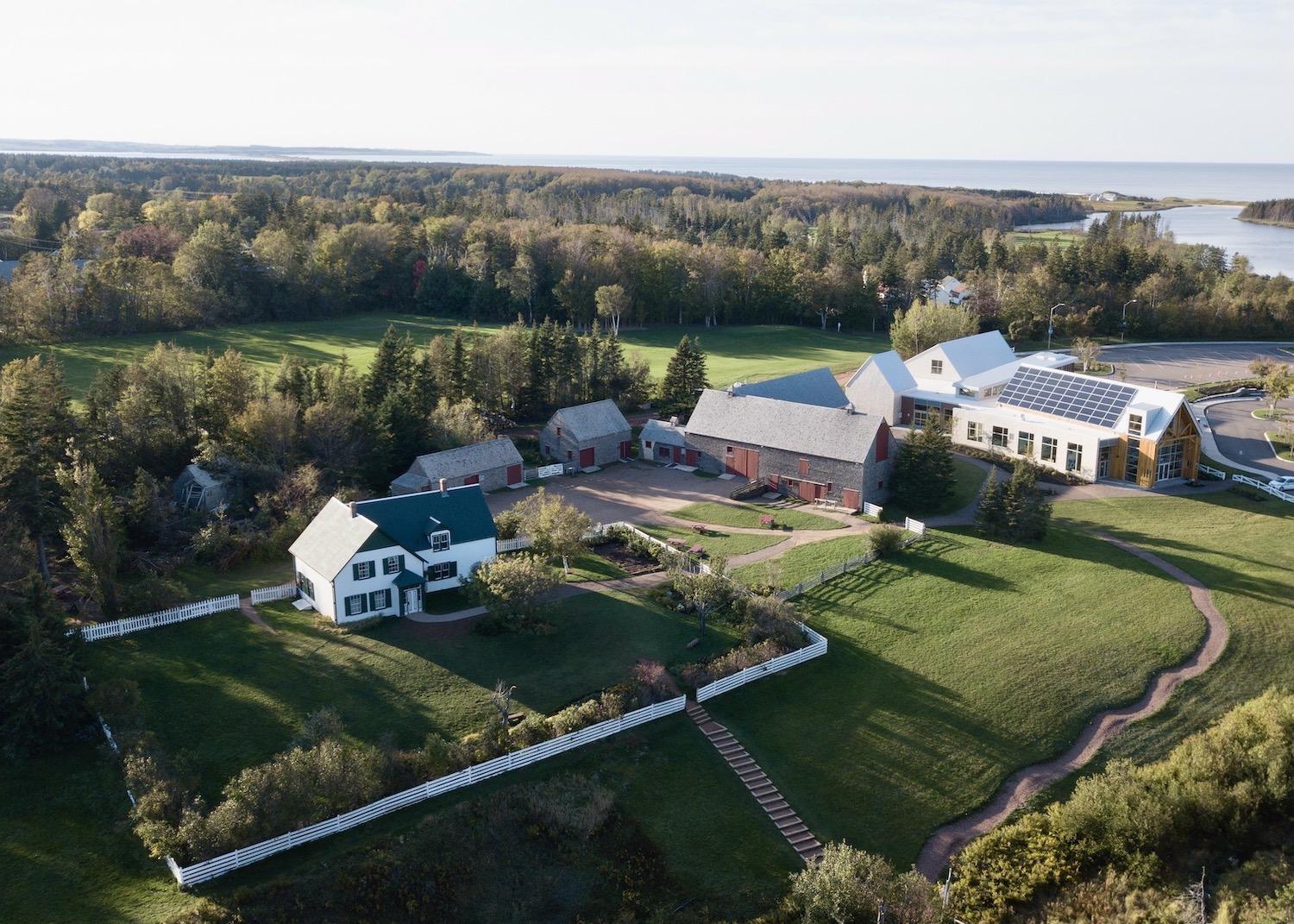
A file shot of visitors to Kootenay National Park in British Columbia, one of Canada's seven mountain parks/Parks Canada
The good news is that visitation is finally rebounding at Canada’s national parks and sites. The bad — but unsurprising — news is that visitation hasn’t quite recovered to pre-pandemic levels. Those are two key takeways from Parks Canada’s newly released attendance data from 2022-23.
The federal government agency gathered data based on the fiscal year of April 1, 2022 to March 31, 2023. For stories about visitation in 2020 and 2021, the Traveler asked for calendar year numbers — because that’s easier for people to understand — but this year Parks Canada said it will no longer provide that information and would only share fiscal year figures.
While it’s always fun to see who makes these kind of lists, it’s important to realize that not all of Canada’s 37 parks, 10 park reserves, one urban park, five marine conservation areas and 171 historic sites count attendance or charge admission fees.

Point Pelee National Park is a birder's paradise, as this Northern Flicker knows/Jennifer Bain
The most visited parks, park reserves and marine conservation areas on a list of 42 were:
1. Banff National Park (Alberta): 4,130,081 (up 12 per cent).
2. Jasper National Park (Alberta): 2,415,463 (up 14 per cent).
3. Pacific Rim National Park Reserve (British Columbia): 1,163,362 (down 2 per cent).
4. Saguenay-St. Lawrence Marine Park (Quebec): 1,070,634 (up 22 per cent).
5. Mount Revelstoke National Park and Glacier National Park (B.C.): 775,190 (up 7 per cent). These two parks count visitor attendance as one unit.
6. Yoho National Park (B.C.): 663,878 (up 24 per cent).
7. Kootenay National Park (B.C.): 574,126 (up 13 per cent).
8. Point Pelee National Park (Ontario): 492,122 (down 9 per cent).
9. Waterton Lakes National Park (Alberta): 475, 842 (down 8 per cent).
10. Bruce Peninsula National Park (Ontario): 460,435 (down 11 per cent).
There are no real surprises here but it’s fun to note that visitation to Nááts'įhch'oh National Park Reserve on Great Slave Lake in the Northwest Territories was up a staggering 1,717 per cent. Visitation jumped from six people to 109.

Gros Morne National Park, where you can walk on the Earth's exposed mantle at the Tablelands, turns 50 this year/Newfoundland and Labrador Tourism
As well, the globally renowned Gros Morne National Park in Newfoundland and Labrador was “unable to collect attendance in 2022-23.”
We asked why and learned that the park uses a traffic count methodology based on the number of cars exiting the park. The number of cars exiting the park is determined using traffic counters installed from June 1 to Oct. 31. But the traffic counters have not operated reliably since 2020 and have provided incomplete or erroneous data.
The last year with reliable data was 2019 when visitation was calculated to be 238,071 and Gros Morne was Canada's 19th most visited national park.
As well, unlike many other parks, Gros Morne is served by two highways — Routes 430 and 431. Route 430 is a thruway serving visitors, local residents, and through traffic accessing the Northern Peninsula and Labrador. With multiple entry points and the lack of a single gateway that all traffic must pass, obtaining accurate counts of exiting visitors is challenging. The park is working to find a new method to accurately track attendance.
Park officials do suspect that park attendance has returned to — or possibly exceeded — the 2019 pre-pandemic levels. That's based on a comparison of 2019 and 2022 statistics for camping, Western Brook Pond boat tours and use of other park facilities.
Gros Morne turns 50 this year and is expecting higher visitation numbers.

A drone captures an overview of Green Gables Heritage Place in Prince Edward Island, a site that celebrates author L.M. Montgomery and her Anne of Green Gables book series/Parks Canada
The most visited historic sites and “other designations” from a list of 82 were:
1. Fortifications of Québec National Historic Site (Quebec): 1,754,330 (up 33 per cent).
2. Lachine Canal National Historic Site (Quebec): 1,234,196 (technically at 0 per cent change despite a slight increase).
3. Rideau Canal National Historic Site (Ontario): 838,386 (down 10 per cent).
4. Halifax Citadel National Historic Site (Nova Scotia): 773,067 (up 140 per cent).
5. Rogers Pass National Historic Site (B.C.): 534,135 (up 6 per cent).
6. Chambly Canal National Historic Site (Quebec): 366,451 (up 31 per cent).
7. Cave and Basin National Historic Site (Alberta): 175,164 (up 118 per cent).
8. Sainte-Anne-de-Bellevue Canal National Historic Site (Quebec): 163,301 (down 5 per cent).
9. Green Gables Heritage Place (Prince Edward Island): 150,887 (up 360 per cent).
10. Fort Chambly National Historic Site (Quebec): 121,068 (up 73 per cent).
As well, there are no real surprises here.
Overall, 15,171,480 people visited national parks — a 4 per cent increase over 2021-2022. The seven mountain parks (Banff, Jasper, Yoho, Kootenay, Waterton Lakes, Mount Revelstoke and Glacier) brought in 9,034,580 of those visitors.
For the national historic sites, 7,290,598 people visited, also a 4 per cent increase. Of that, 2,763,750 visited canals (a figure that was actually down 32 per cent).
Add it up and 22,462,078 people visited Parks Canada places, a modest 4 per cent gain over the previous fiscal year.

 Support Essential Coverage of Essential Places
Support Essential Coverage of Essential Places



